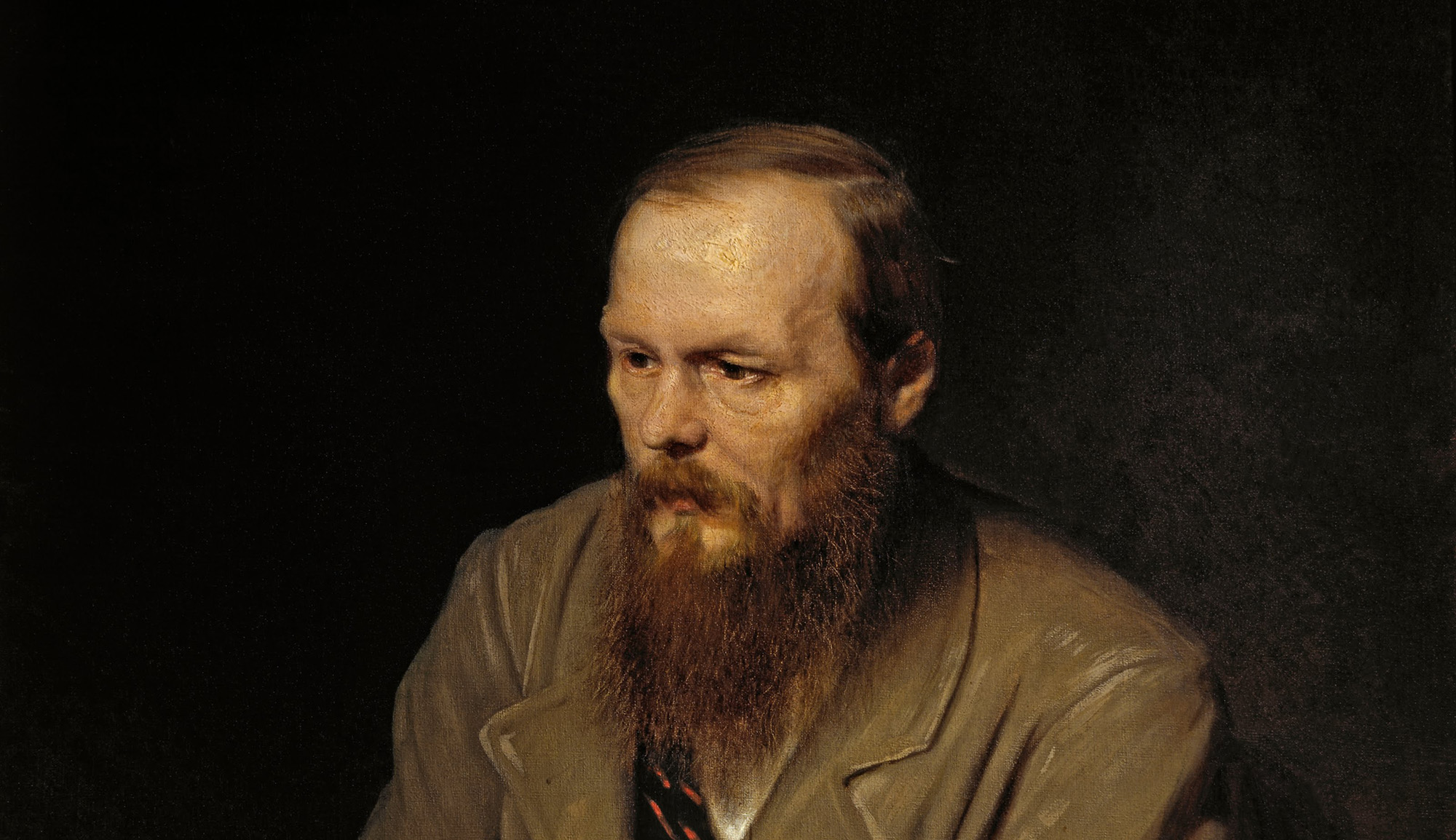The artist Marc Chagall left the Belarusian city of Vitebsk in 1922. Although he spent most of the remainder of his life in France and the U.S., scenes of Jewish life in his native city provided subject matter for much of his artistic work. Only recently, however, has Vitebsk begun to remember Chagall, as Celestine Bohlen writes:
Today, all that remains of [the artist’s] neighborhood is Chagall’s one-story childhood home, now an evocative museum that bears witness to a life once sheltered by family, tradition, and culture—all of it gone. Across the river, a handsome Chagall Arts Center holds a collection of his graphic works, donated by the artist’s family and friends.
Chagall’s legacy is publicly honored here today, but it took a long time. For half a century, long after his work had been celebrated around the world, he was scorned by the Soviet cultural establishment for both his dreamy modernism and his Jewishness. He was listed in the Great Soviet Encyclopedia as a “French painter and graphic artist.”
In 1987, on the centenary of his birth, at a time when Soviet taboos were being swept away by glasnost, a leading Moscow museum honored him with a major exhibition, but in Vitebsk, his name still inspired contempt. “Chagall doesn’t suit us politically,” said a local Communist boss back then. “He’s a Zionist.”
More about: Arts & Culture, Belarus, East European Jewry, Jewish art, Marc Chagall, Soviet Jewry


